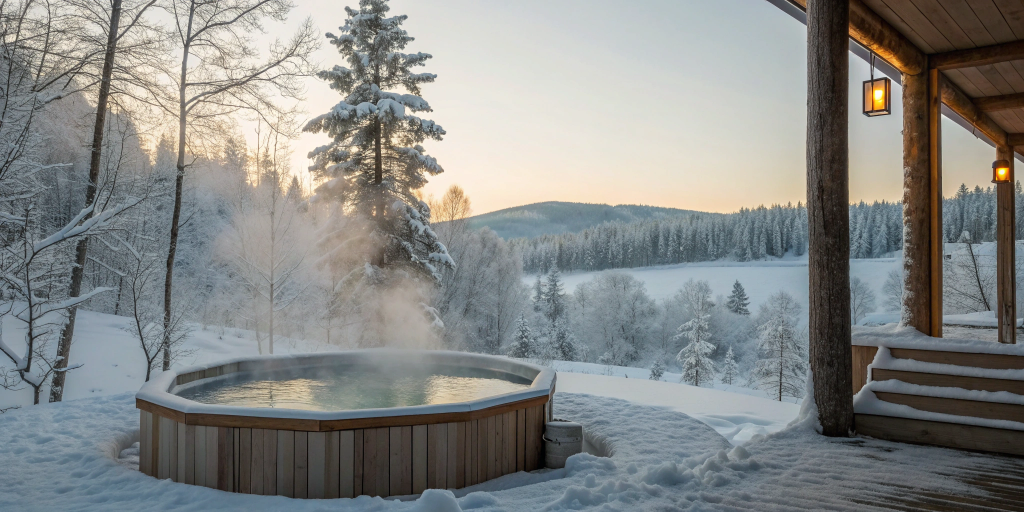A patio or a garden without flowers is not the same. It can give the feeling that these are empty places, without life. And it is that the petals are a perfect excuse to smile, to have a much happier day. Do you know the best? There are many colors, shapes, and sizes.
In this sense, the small flowers are the most interesting, because despite their characteristics they are often produced in large numbers, with which the effect achieved with these plants is spectacular.
Selection of small flowering plants for pots or gardens
Would you like to liven up your home with small flowers? Take a look at the variety of plants that we recommend:
Chicory
It is a perennial herb whose scientific name is Cichorium intybus. It grows up to 20-30 centimeters, and blooms in spring producing bluish flowers.
It resists frosts up to -5ºC.
Larkspur
Also known as Delphinium, they are perennial, annual, or biennial herbs depending on the variety that reach a height of up to 2 meters. Its flowers can be of a diverse variety of colors, although the blue ones are undoubtedly very showy, appearing in summer.
They are ideal for temperate climates and even somewhat cold.
Lobelia
It is an annual herb whose scientific name is Lobelia erinus. It grows to be 20-30 centimeters tall, and blooms in spring producing dark blue flowers.
It does not resist the cold.
White
It is a small bulbous plant whose scientific name is Galanthus nivalis. It does not exceed 20 centimeters in height, and its flowers are tiny and bloom in late winter/early spring .
Plant your bulb in the fall, and you can enjoy it during the spring. It resists frosts up to -12ºC.
Plumbago
It is an evergreen shrub with a climbing habit whose scientific name is Plumbago auriculata. It produces blue flowers, but also white in the ‘Alba’ variety. It reaches a height of up to 2 meters.
It resists frosts up to -5ºC.
Jasmine
It is an evergreen climber whose scientific name is Jasminum officinale, very popular for its fragrant and beautiful white flowers. It can reach a height of up to six meters, as long as it has support, and if that seems like a lot to you, you don’t have to worry as it tolerates pruning well.
It resists light frosts down to -3ºC.
Purple
It is a beautiful bulbous plant whose scientific name is Liatris spicata. It reaches a height of up to 40 centimeters, and produces purple flowers grouped in spike-shaped inflorescences in spring .
To be able to contemplate it in all its splendor, it is important to plant the bulb in the fall. It resists frosts up to -7ºC.
Flaming star (Liatris spicata)
It is an orchid whose scientific name is Phalaenopsis, with an epiphytic habit. It reaches a height that in cultivation does not usually exceed 30 centimeters, and flowers during the spring .
It is a tropical plant, very sensitive to cold, which should only be kept outdoors if the minimum temperature is 15ºC or higher.
African violet
It is a perennial herb grown seasonally in many parts of the world whose scientific name is Saintpaulia ionantha. It reaches 15 centimeters in height, and its pink, purple or white flowers bloom in spring-summer.
It does not resist cold or frost.
Dandelion
It is a perennial herb whose scientific name is Taraxacum officinale. It reaches a maximum height of 40 centimeters, with flowers in yellow chapters which sprout in spring.
It resists cold and frosts down to -10ºC.
Slarea
It is a perennial herb whose scientific name is Salvia sclarea. It grows up to a meter in height including its flower stems, which sprout from spring to summer. The flowers are white, pink or purple.
It resists up to -7ºC.
Tips on caring for plants with small flowers
If you want to have plants that produce small flowers, what better than ending the article with some tips to make it easier for you to maintain them, right?
There they go:
Flowers need some light
All flowers need a minimum of hours of light per day. Some, like begonias or orchids, will want less than plumbago, for example. But it is highly recommended that they all be in a bright area.
Grow them whenever you can outside
This advice is closely related to the previous one. There is no plant that is prepared to live indoors, as they have always done so outdoors. That is why it is highly advisable to keep them outside all year long or, in the case that they are delicate plants, until the end of summer.
Water and fertilize moderately and regularly
Especially during spring and summer, normally coinciding with the flowering season, watering should be somewhat more frequent than the rest of the year. But be careful, you have to avoid excesses: if you have doubts, check the humidity before watering.



